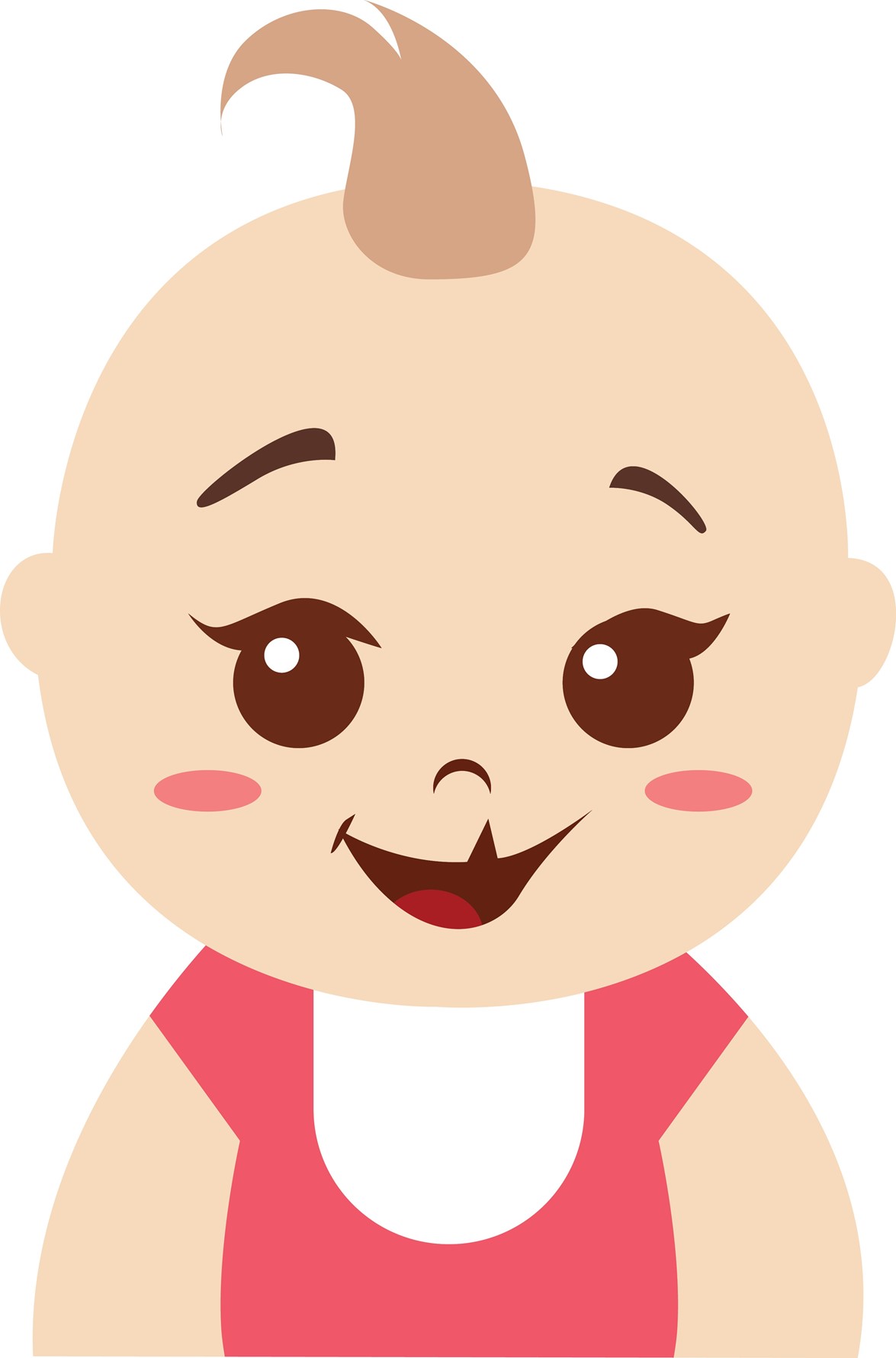Parents always want
the best for their
children. This feeling often starts as soon as a couple
knows they are pregnant. Although we tend to see our children as perfect,
unconditionally, any health concerns about a child can be stressful, to say the
least.
اضافة اعلان
Deformities and
abnormalities in new-born babies are often preventable or manageable with
proper education. Of these preventable conditions, cleft lip and cleft palate
are the most common birth defects. A study conducted in Jordan between 1991 and
2001 found that cleft lip, cleft palate, or both have a prevalence of 1.39 per
1,000 live births. A later study conducted on
Jordanians between 2000 and 2005
found the prevalence to be 2.4 per 1,000 live births. Spreading awareness about
this condition and the different ways to help prevent it will potentially lower
the prevalence rate.
What is cleft lip and
palate?
During
fetal development, the many bones in the face begin to form and
take shape. This structure helps set the groundwork for tissue to form and
divide areas of the face into the mouth, eyes, nose, etc. Normally, the lip and
palate fuse during the second and third months of pregnancy. If these areas are
not properly fused, a split or divide is caused in what is known as a cleft. As
a result, cleft lip and cleft palate fall under a category of defects known as
orofacial defects.
In case of a cleft
lip, a split shows on the upper lip and nose of the baby. It is a relatively
easily identifiable defect that can be seen both at birth and through the use
of ultrasound around the 13th week of pregnancy. A cleft palate is when a split
occurs along the length of the roof of the mouth. A cleft palate can be more
difficult to diagnose when using ultrasound if it presents alone.

A cleft lip and
cleft palate can also present in a variety of ways. It is more common for
new-born babies to present with both cleft lip and cleft palate. The 1991–2001
study found that 48 percent of cases present as both. The 2000–2005 study found
it to be 42 percent. Although these two defects commonly occur together, it is
still relatively common for each to occur alone.
The 1991–2001
study found cleft lips to occur alone in 30 percent and cleft palates to occur
alone in 22 percent of cases. A cleft can present unilaterally (to one side) or
it can occur bilaterally (on both sides). In the case of cleft lips, unilateral
presentation is more than bilateral and, interestingly, are twice as likely to
occur on the left side than on the right side.
What causes it?
There is no single cause for cleft lip or palate. The development of a
fetus is complex. Any disruption to this process can result in a cleft. At the
same time, many genetic and environmental factors have been identified as
playing a role in the development of clefts. Certain errors in genes can affect
how the lip or palate fuse and result in a cleft. However, having errors in
genes does not mean a cleft is formed, although having a family history of
clefts, especially first-degree (i.e., parents) can increase the risk.
A study conducted in Jordan between 1991 and 2001 found that cleft lip, cleft palate, or both have a prevalence of 1.39 per 1,000 live births. A later study conducted on Jordanians between 2000 and 2005 found the prevalence to be 2.4 per 1,000 live births.
It is more likely
that a combination of both genetics and environmental factors plays a greater
role. Whereas genetics is not preventable, in most cases environmental factors
are. It is difficult to assess the true impact of these environmental factors,
but it is widely agreed that reducing them can reduce the risk. When referring
to environmental factors, lifestyle is of greatest concern. A mother’s exposure
to harmful substances such as alcohol,
cigarette smoke, certain prescription
medication, and illegal narcotics can increase the risk of the baby developing
a cleft. The general health of the mother can also be an important factor.
Studies have found that mothers with diabetes prior to pregnancy or obese
during pregnancy are at greater risk of having a baby with a cleft. Lastly,
during pregnancy, the body is placed under immense stress and is in demand of
certain vitamins. As a result, there may be an increased risk of developing
clefts if the mother does not take enough prenatal vitamins, such as folic
acid.
Short-term outlook
The short-term ramifications of cleft lip or cleft palate are greater
compared to the long-term. One of the most immediate concerns is the effect it
has on feeding. When nursing, a baby has to be able to suck in order to feed.
Sucking to done by creating a vacuum in the space between the tongue and the
palate. For a new-born with a cleft palate, creating a vacuum can be difficult
and, in turn, make feeding difficult. Although a cleft lip may not impair the
ability to suck, because the space between the upper lip and nose is open, milk
may come out of the
baby’s nose.
More concerningly,
babies with a cleft are more likely to experience infections, particularly ear
infections. A cleft lip and palate can also affect the role of tubes located in
the ear that are responsible for draining fluid and as a result, more fluid may
build up in the ears. Those who develop frequent ear infections or excess fluid
buildup are at a greater risk of hearing loss.

Deformities in the
face, particularly around the mouth, come with a host of other issues. If the
cleft extends through the upper gum, it can affect how the teeth in that area
develop. Speech difficulties may also arise as a result of a cleft, especially
cleft palates. The palate is used heavily in speech in order to make certain
sounds and a cleft can greatly impact the ability to produce these sounds.
Additionally, it is common for speech to sound nasally.
Mortality and quality
of life
A cleft lip or cleft palate alone carries some risk of mortality to the
new-born. A 1992 study conducted in the
US found that the 1-year risk of
mortality of infants with a cleft without other abnormalities was increased
3.7-fold. In those that had a cleft along with other abnormalities, the 1-year
mortality risk skyrocketed to an 82.3-fold increase. Despite the increased risk
to survival, in the long-term, those with a cleft can expect a normal life
expectancy. Although corrective surgery can improve the quality of life
physically, it is important to note that children with clefts may experience
social, emotional, and behavioral problems due to differences in appearance and
the stress of intensive medical care.
Prevention
Since the exact cause of clefts is unknown and is an interplay between
genetics and environment, total prevention is difficult. However, limiting
environmental risk factors can greatly reduce the risk of your child developing
a cleft. Eliminating exposure to harmful substances and ensuring adequate
intake of prenatal vitamins is of great importance. Additionally, maintaining a
healthy weight and controlling preexisting diabetes can also reduce the risk.
For those with a family history of clefts, genetic counseling can help
determine the risk of your child developing a cleft.
Read more Health
Jordan News



